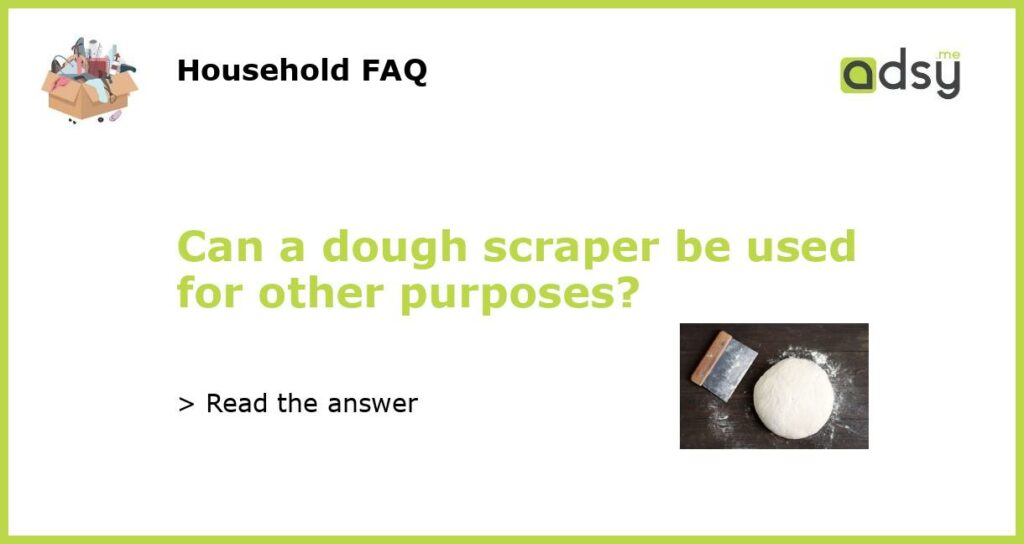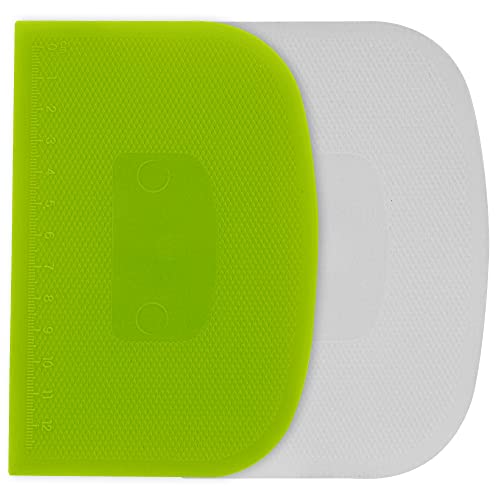Introduction
A dough scraper, also known as a bench scraper or a pastry scraper, is a versatile tool commonly used in baking for cutting, lifting, and manipulating dough. However, its usefulness is not limited to just baking. In fact, a dough scraper can be used for various purposes in the kitchen and beyond. This article explores the different ways a dough scraper can be used beyond its traditional baking role.
Cooking Prep
One of the primary alternate uses of a dough scraper is in cooking prep. Its flat, rectangular shape makes it perfect for chopping ingredients. You can use it to swiftly and efficiently transfer diced onions, minced garlic, or chopped vegetables from your cutting board to your cooking pot or pan. Its sharp edge can also be used to divide larger cuts of meat or fish into smaller portions.
Cleaning Tool
A dough scraper is not just useful for prepping and cooking, but it can also be an excellent cleaning tool. Its flat edge allows you to scrape off stubborn food residue from your countertops, cutting boards, or baking sheets. You can also use it to remove stuck-on dough or batter from your mixing bowls, making cleanup easier and faster.
Gardening Tasks
Believe it or not, a dough scraper can even be handy in gardening tasks. Its thin and sturdy blade can be used for tasks such as weeding, transplanting small plants, or removing excess soil from planters. It can also be used as a makeshift trowel for digging small holes or creating furrows for planting seeds.
DIY Projects
Looking beyond the kitchen and garden, a dough scraper can be a valuable tool in various DIY projects. Its sharp edge can easily cut through materials like cardboard or tape, making it useful for crafting. It can also be used for spreading adhesives or smoothing out surfaces when working with wood, concrete, or other materials. Additionally, a dough scraper’s flat edge is perfect for removing old caulking or paint from surfaces.






